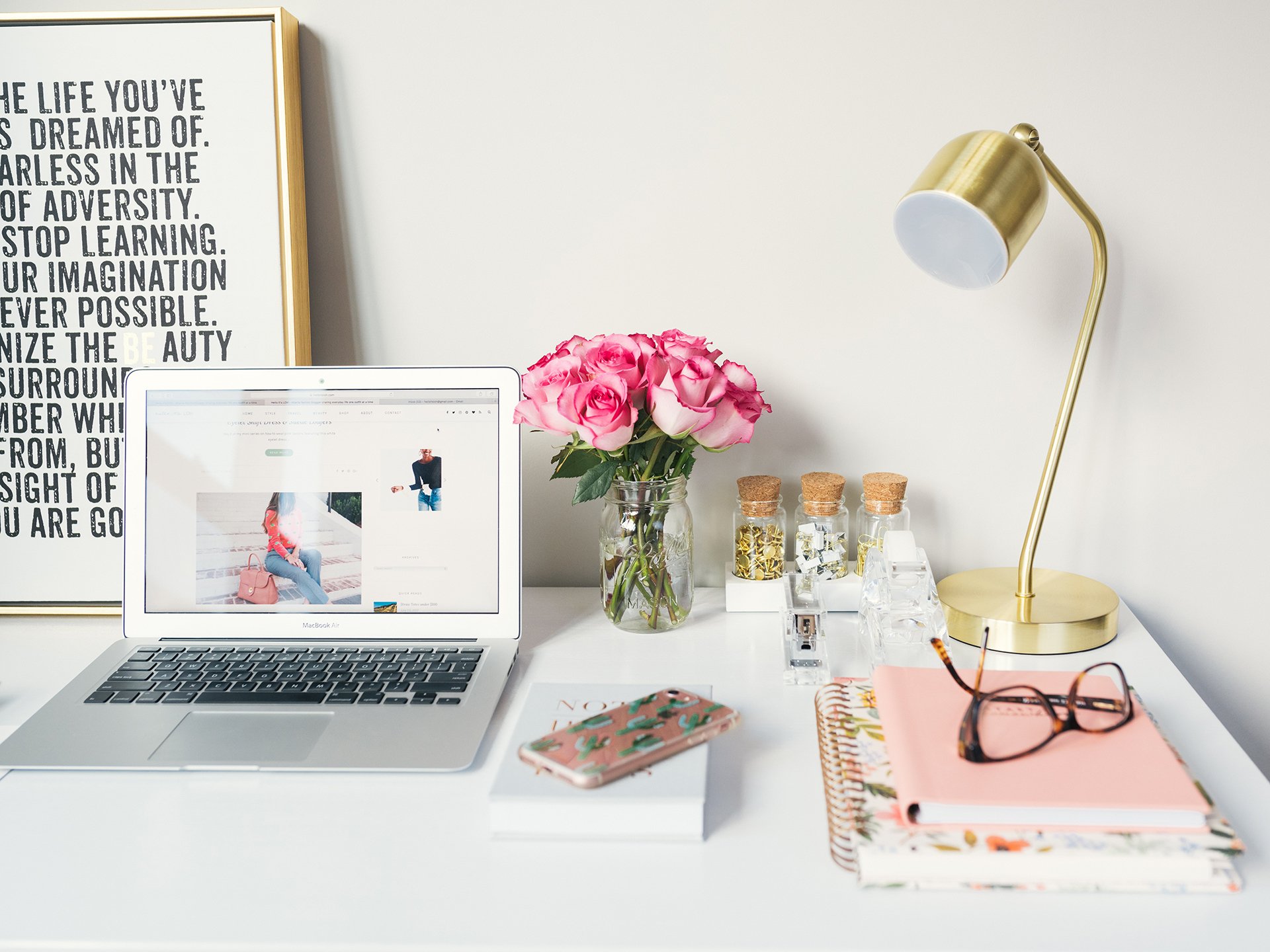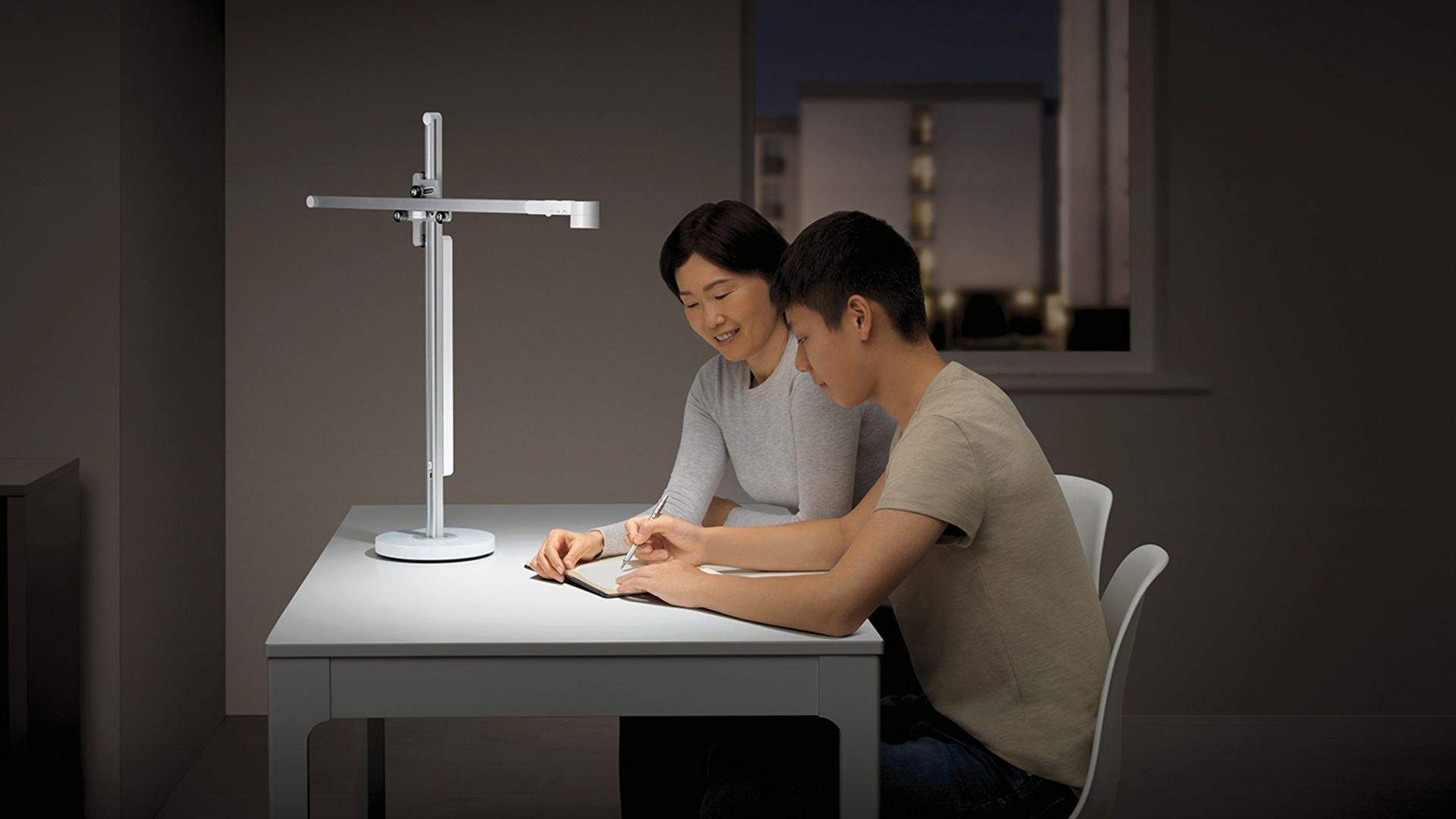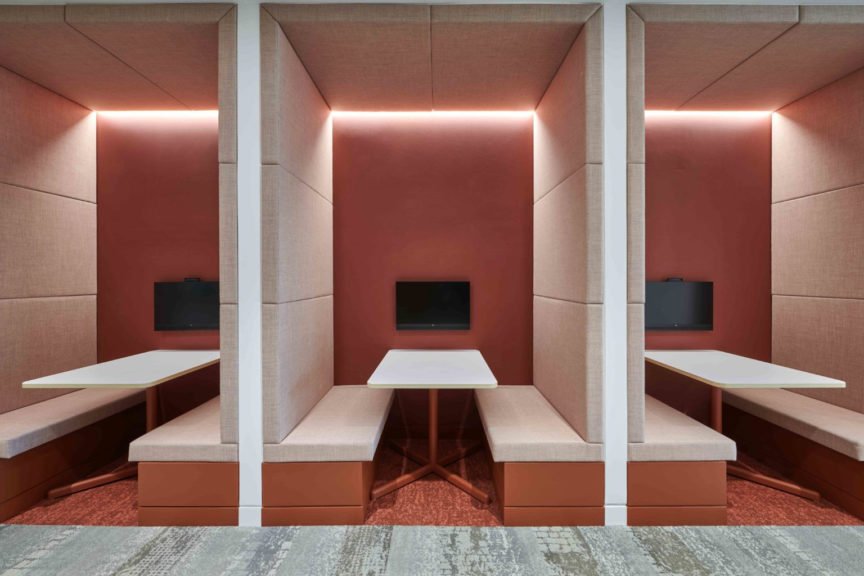Up until the start of 2020, the work-from-home option was mostly a perk flaunted by start-ups, major tech firms and freelancers, but it was never the norm in the professional world. With the current global situation, however, the entire world’s workforce is slowly adopting this style.
The majority of us rejoiced at first – no fighting morning traffic, you can work in pyjamas, and there is zero guilt about taking a full one hour lunch break! While this may seem like a welcome change, the reality is that most of us simply aren’t prepared to work from home five days a week.
Working from home can be a lot more challenging than expected. Not everyone has the luxury of a dedicated home office or study. Our homes aren’t optimised to be productive environments where work and collaboration thrive. This is why we thought to put together some tips, tricks, and tools to turn your home into the office you’ve always wanted.
Identify Your Needs
How effectively you work will depend considerably on how well you set yourself up for success. It starts with identifying the right environment for the type of work you do. A designer and a financial analyst’s workspace won’t share the same needs.
If you work with a lot of drawings or paperwork, you will need to account for space to manage that. Are video conferences a big part of your day? Make sure you pick a spot with less visual clutter and noise in the background. And don’t forget cable management! Loose cables are an eyesore anywhere.
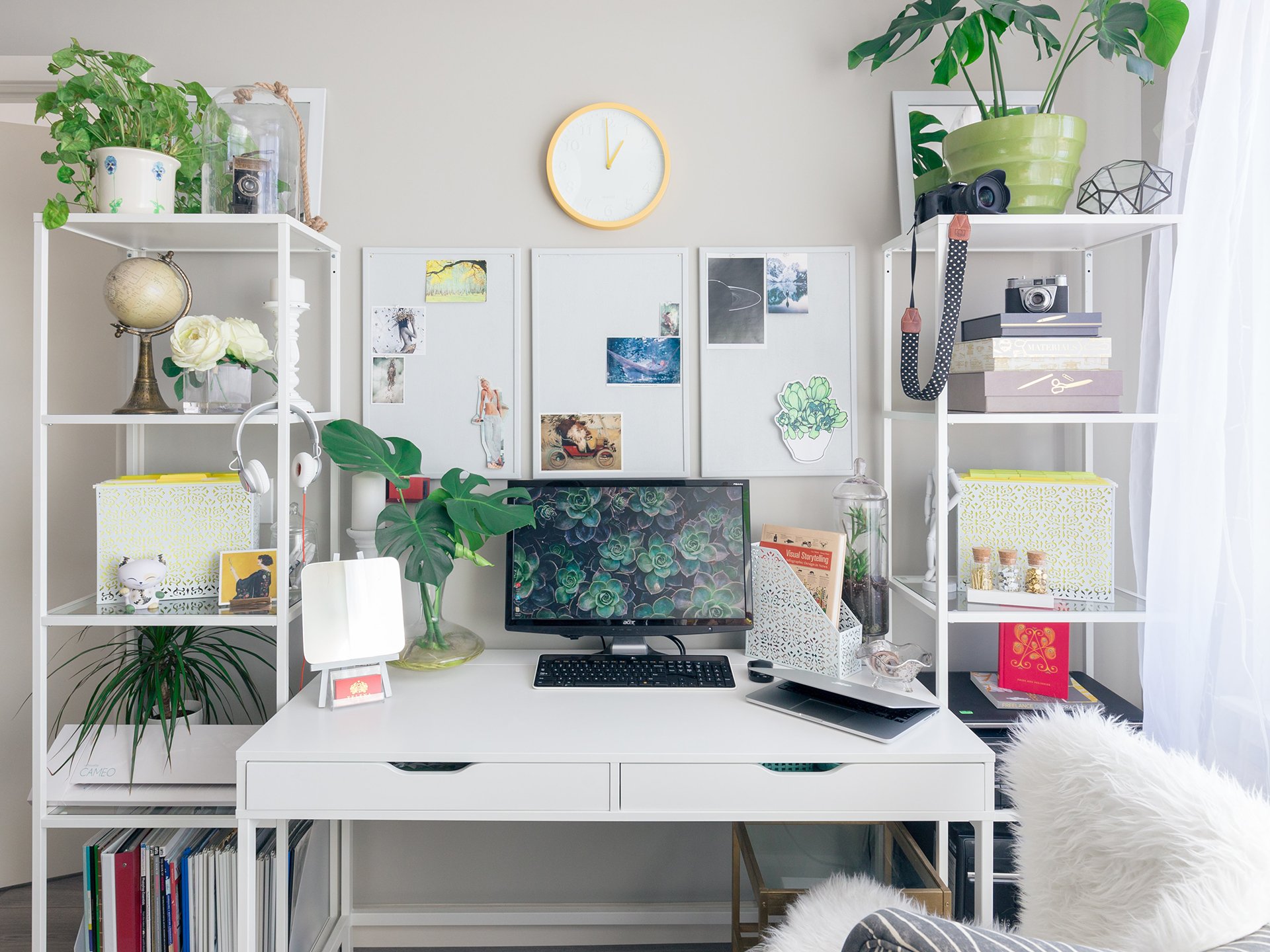
Get Comfortable
Unlike your office, you probably don’t have the option of switching from your workstation to a booth. So you need to ensure you’re working on furniture you love. (Unless your job is to Netflix and chill, your bed doesn’t count!)
Get the basics right and start with a good ergonomic chair. And while you’re at it, make sure you get the right castors depending on your flooring – hard or soft. Or just add a carpet for a classy touch. A footstool is a great add-on for resting your feet, and a very good ergonomic option, particularly for people suffering from conditions such as fibromyalgia. Compliment it with a desk that’s at the right height for you, with plenty of width to work with. If you really feel like splurging, go for a height-adjustable desk to give yourself the option of standing and working.
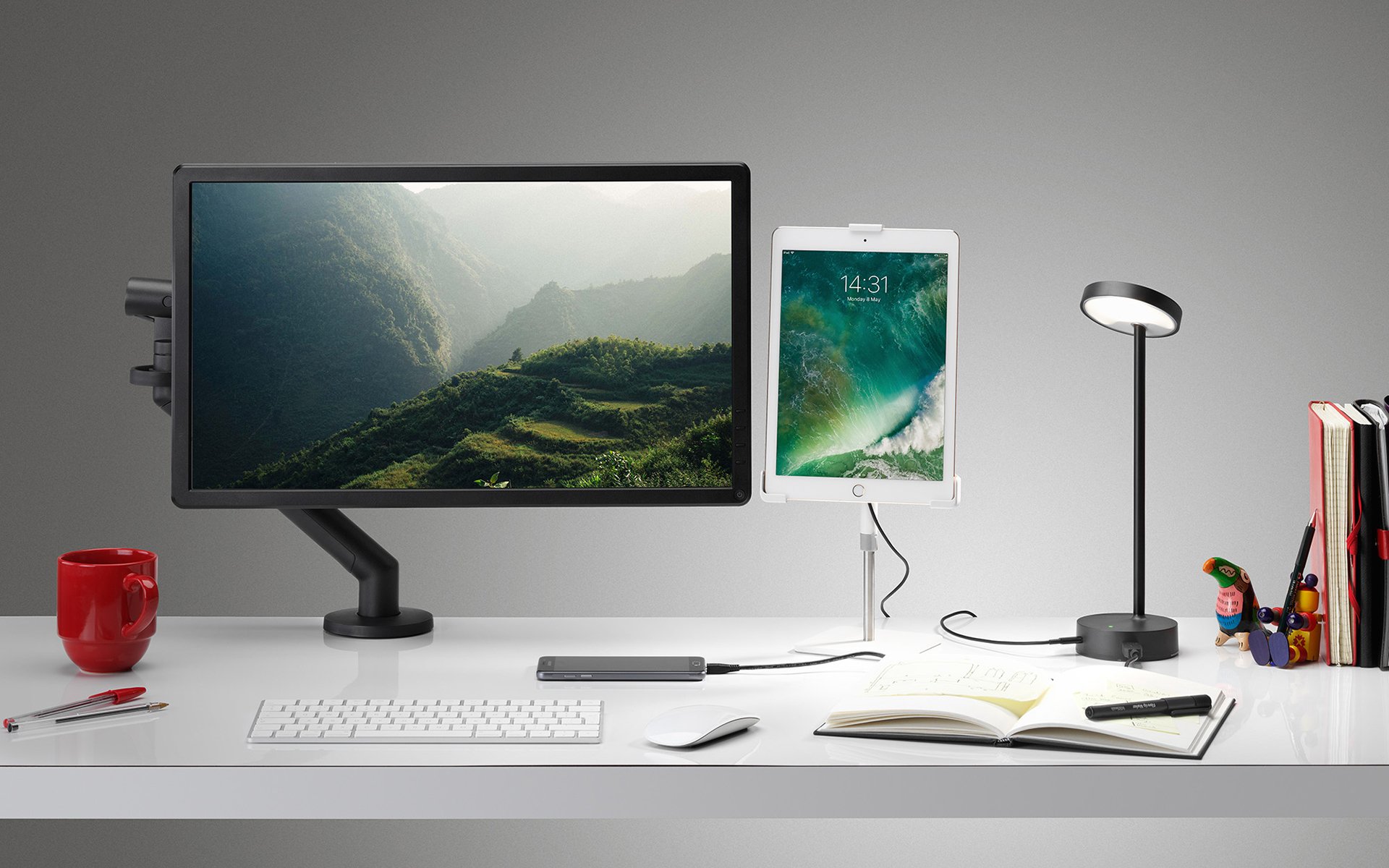
Lighting and Acoustics
While workspace lighting systems are geared for a mass of workers, companies also invest a lot in providing the right level of light so you can work productively. It is unlikely that your home would have the type of lighting that you would usually find in an office. It is therefore extremely important to get your lighting right to avoid eye strain, which can lead to headaches and fatigue. The easiest way to ensure the best lighting conditions is to maximise the amount of natural light in your room. It’s good for your circadian rhythm and makes you feel more energised. If natural light is scarce, your best bet is to complement your default overhead lighting with tried and tested task lighting.
Equally important is managing the acoustics at home. Working with headphones on is simply not feasible if your work involves a lot conference calls and virtual meetings. If you’re living with kids or other people who also work from home, you’re probably going to hear distracting sounds throughout the day. There’s a reason offices install carpet tiles – they’re excellent at masking the sound of footsteps. While it may not be feasible to just install carpet tiles overnight, you can cover the key areas around your workspace with soft rugs to mask the sound. They also manage echo problems. And while you’re at it, you might also want to think about replacing your blinds with thicker curtains to curb the sound bouncing off windows.
Next, take a good look at your surroundings. If your workspace has metal surfaces, you’re bound to be plagued by bad acoustics. Mix it up with different sound absorbing materials, such as wood furniture, plants, and paintings on walls. And finally, top it off with some awesome tunes in the background for a good vibe.
Less Is More
It’s easy to forgo your sense of tidiness when working from home. After all, who’s going to tell you otherwise?
We will.
A clean and organised workspace not only looks good but also saves you precious time searching for key items. Don’t get complacent and ‘just be ok’ with having your stuff and cables all over the place. Clutter is distracting and makes you less efficient.
Getting organised is easy if you put the right tools in place. You can start small by getting yourself a neat pedestal to store work related documents and accessories. If you work with monitor screens, there are some great options to totally declutter and streamline how you work. Either way, design your office to ensure you can work in the most productive way possible.
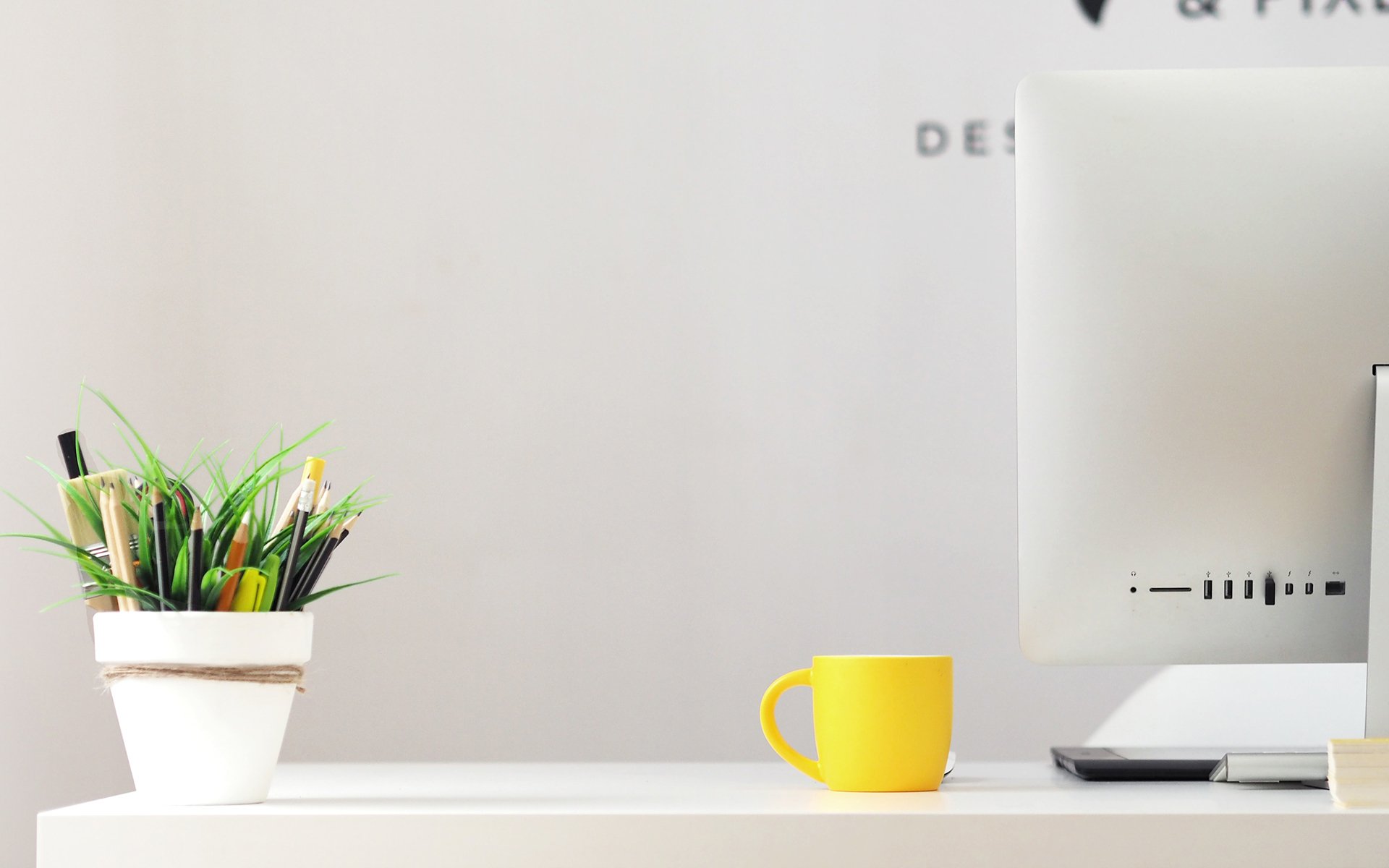
Biophilia Works At Home Too
We talk a lot about biophilic design and how corporate interior design can benefit from it. Similar principles apply to the home setting as well.
If you’ve got access to a great outdoor view, we suggest designing your home office around that area of your home. For those who don’t have that luxury, there are other ways to reap the benefits of biophilic design. You can start off with simple gestures like placing plants around the workspace. Not only are they good for creating a natural setting, they’re also great at acoustic control and maintain air quality. Wood furniture, or furniture with natural elements, textures or patterns, also work well.
Lastly, remember, irrespective of where you choose to work from, the fundamental principles behind the design stay the same. After all, human nature doesn’t change much when working from the office or from home.

